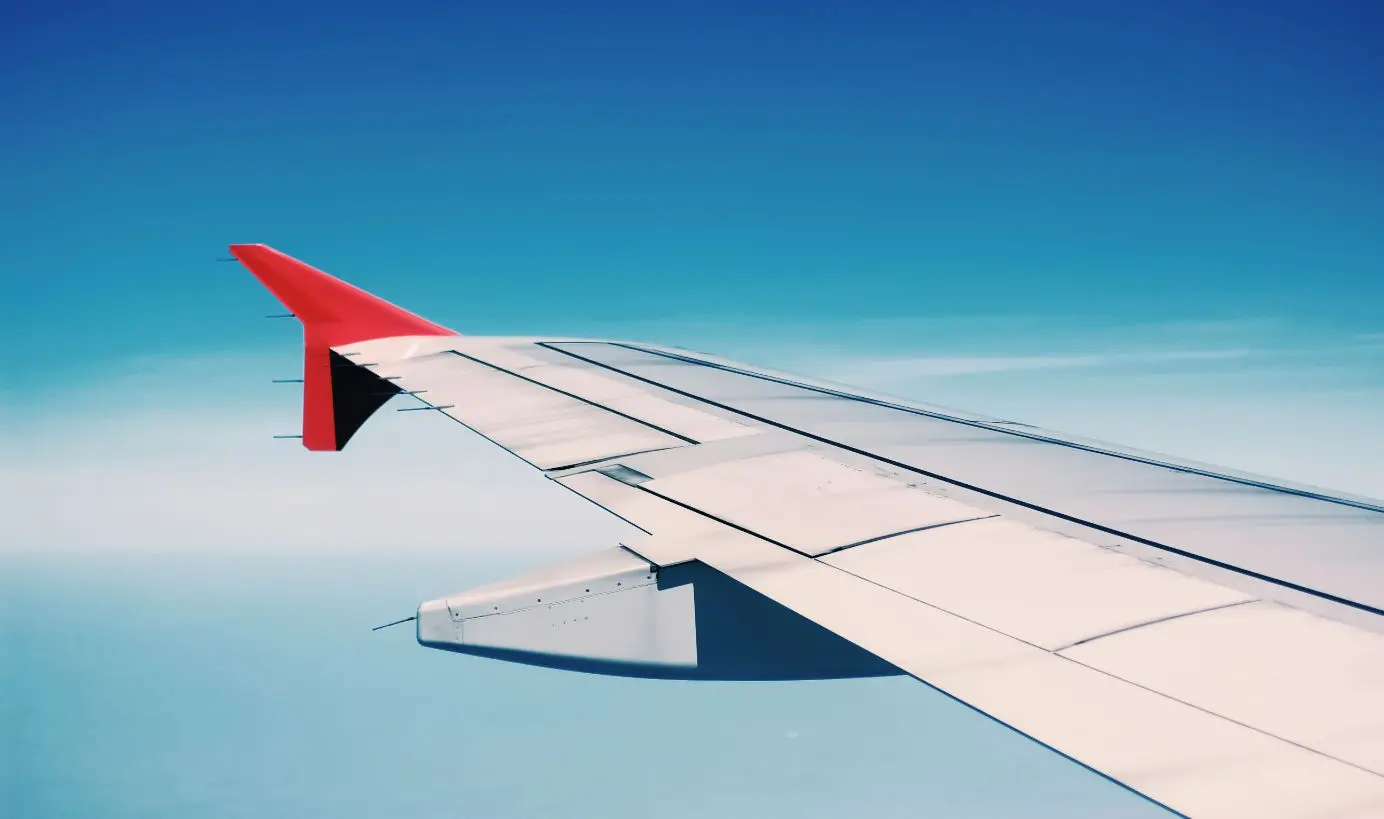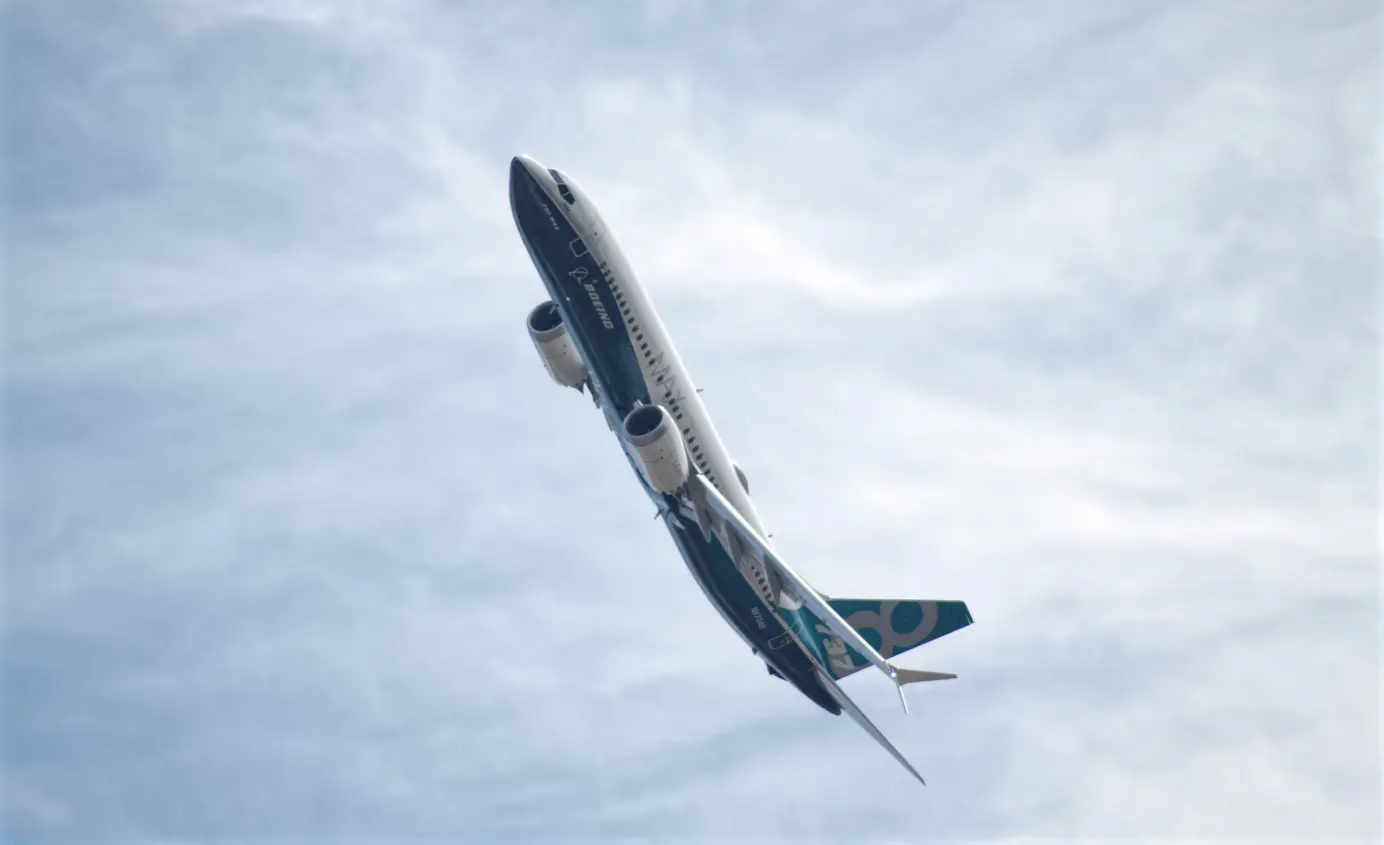
Why Did the Boeing 737 MAX Crash in 2018 and 2019?
The Boeing 737 MAX was grounded globally in 2019 and 2018 following two fatal crashes. But why did the Boeing 737 MAX crash?
Table of Contents
The Boeing 737 MAX is the new generation of the popular 737 aircraft and the successor to the Boeing 737 Next Generation. Boeing promised significant improvements for the airlines, and the MAX plane was a great commercial success for Boeing, which competes with the Airbus A320neo.
The MAX aircraft became internationally notorious in 2018 and 2019 when two crashes with the plane created controversy about an onboard software system that Boeing had built into the aircraft. The MCAS system became the main suspect in both cases and led to a worldwide grounding of the 737 MAX.
The FAA cleared the aircraft for return to service in 2020 after extensive improvements and a year and eight months on the ground.
The case of the Boeing 737 MAX created an international stir. Why did the Boeing 737 MAX crash?
About the Boeing 737 MAX
The Boeing 737 MAX is the fourth version of Boeing's popular narrow-body passenger plane. It is the successive variant in the series after the Boeing 737 Next Generation model, which airlines use widely worldwide. The aircraft is relatively new and first flew in 2016. It was introduced into service the following year, in 2017.
The MAX aircraft is similar to previous generations of the 737, but Boeing updated several components and features. The new high-bypass turbofan CFM LEAP engines operate at a higher pressure, making them more efficient. The LEAP engines use around 16% less fuel than the previous generation of the 737.
Other upgrades include minor aerodynamic modifications and new distinctive split-tip winglets, improving fuel economy.
The Two Boeing 737 MAX Crashes in 2018 and 2019
Two crashes in 2018 and 2019 with the MAX aircraft led to a worldwide grounding of the plane. The MAX remained grounded by the FAA for one year and eight months between 2019 and 2020. In some countries, even longer.
On 29 October 2018, a brand new Lion Air Boeing 737 MAX aircraft took off from Soekarno–Hatta International Airport, Jakarta, bound for Depati Amir Airport, Pangkal Pinang. Thirteen minutes after takeoff, the plane crashed into the sea close to the coast killing all 189 people on board. The crash was the first involving the new Boeing 737 MAX aircraft and became the deadliest of all 737 crashes. Remnants of the aircraft were found soon after, and the black boxes were located on 1 November and recovered for analysis.
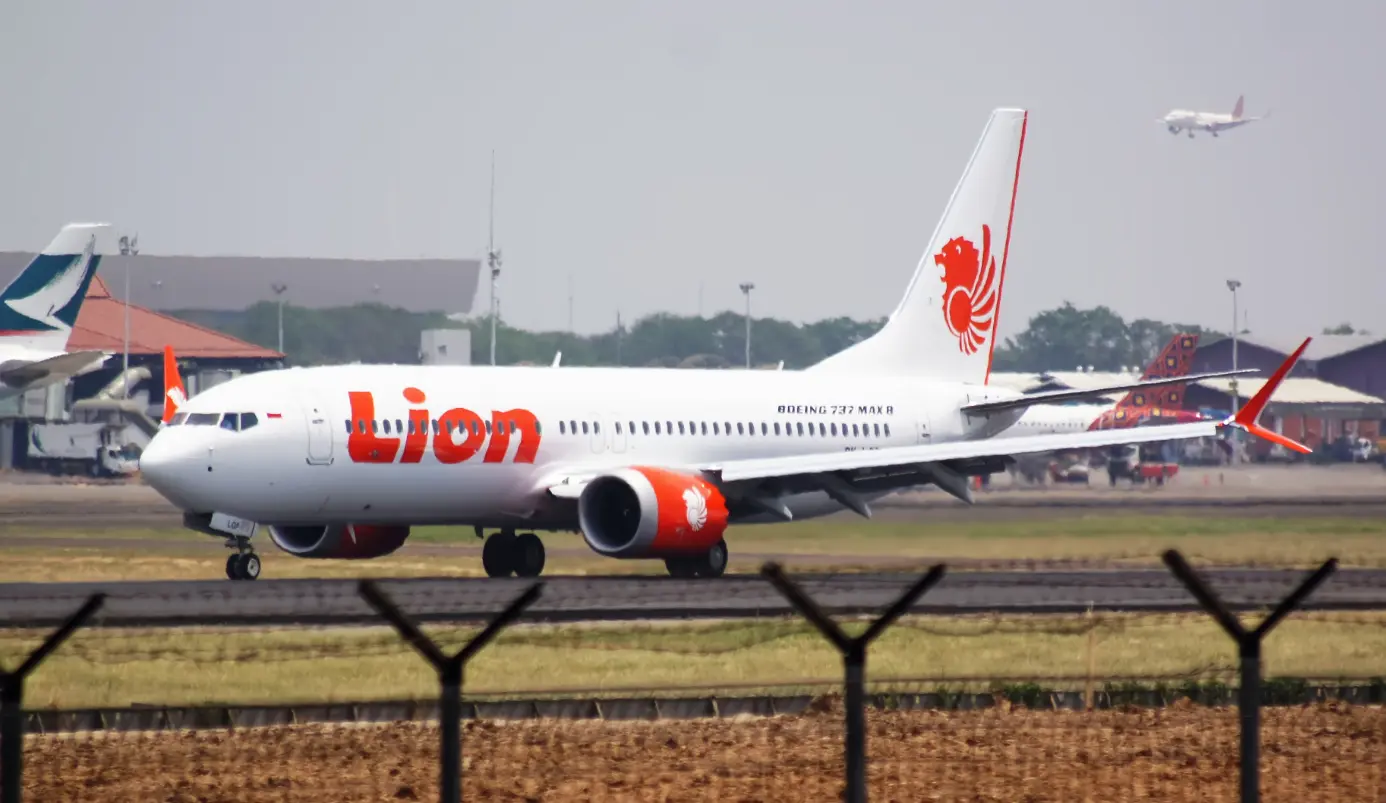
The second crash happened on 10 March 2019. A new Boeing 737 MAX headed from Addis Ababa International Airport in Ethiopia to Jomo Kenyatta International Airport in Nairobi, Kenya. The plane crashed six minutes after takeoff, killing all 157 on board. The accident happened less than five months after the Lion Air crash in Indonesia and led to a worldwide grounding of all Boeing 737 MAX aircraft.
Why Did the Boeing 737 MAX Crash?
To explain what led to the infamous Boeing 737 MAX crashes in 2018 and 2019, we need to take a step back and look at a bigger picture than the crashes themselves.
A Troubled Beginning
The story actually starts on Boeing's drawing boards. To better compete against Airbus' latest update to their popular A320, Boeing had to develop something similar - Something that promised better fuel economy and savings for the airlines like the A320neo.
Boeing would base their response on its 737 model. One of the most significant improvements on the Airbus A320neo was its more fuel-efficient engines. Therefore, Boeing decided to give their 737 better and more fuel-efficient engines as well.
And this is where the problem begins.
The new CFM LEAP engines were physically larger than the previous generation. A Boeing 737 is closer to the ground and its "ground clearance" is lower than the A320. The 737's new engines were larger, so ground clearance became an issue. For the Airbus A320neo, it wasn't because the plane was already higher above the ground, leaving plenty of room for larger engines. For Boeing, it was a different matter. There was simply no room for its new larger engines.
Boeing's solution was to move up the engine on the wing, so the engine was mounted a little higher. That left enough ground clearance for the LEAP engines. To save time and money, Boeing chose to stick to the original design for the 737, apart from the new engines. In addition to the financial and time-saving benefits, this also meant that pilots wouldn't need additional training to fly the new 737 MAX. A crucial detail because training and educating pilots is expensive for the airlines. The Airbus A320neo promised the same advantage, so Boeing was under competitive pressure.
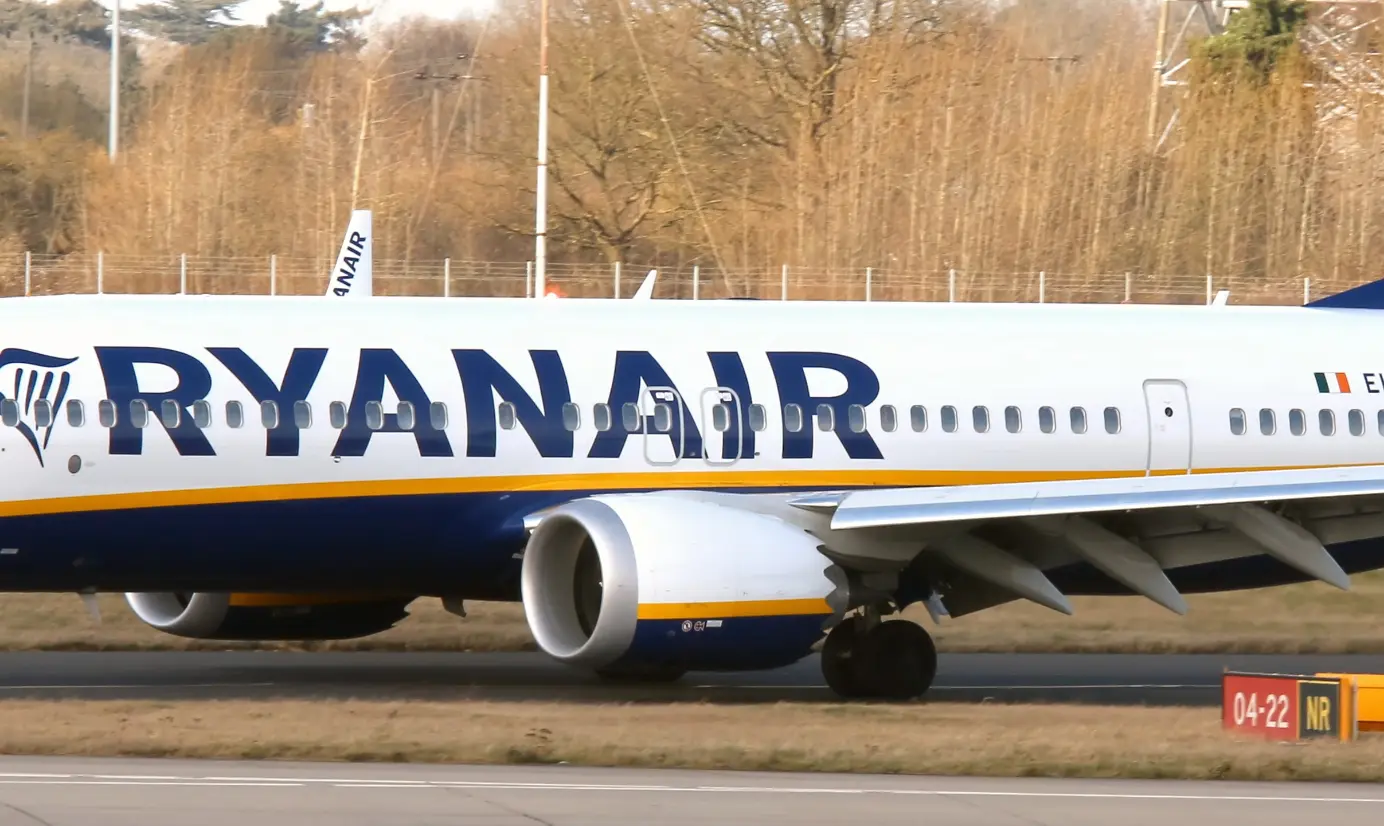
Along with several other minor improvements, Boeing named the new model Boeing 737 MAX. They promised that the new 737 MAX would fly and behave like the previous 737. The MAX became a substantial commercial success, and orders poured in.
But during Boeing's test flights, a significant problem emerged. The placement of the new engines shifted the center of gravity and changed the aircraft's aerodynamics. During certain maneuvers, the plane tended to push the nose upwards, thus changing the pitch and, in the worst case, with a risk of stalling. It was a big concern for Boeing, which had promised that the plane would behave like the previous 737.
The MCAS System
Instead of expensive and lengthy redesigns of the aircraft, Boeing chose to solve the problem with software. Boeing developed a software system named MCAS, short for Maneuvering Characteristics Augmentation System. MCAS was supposed to make the MAX plane behave like a traditional Boeing 737 plane and save pilots from expensive extra training.
Boeing's MCAS system would detect one of the situations, as mentioned earlier, where the plane's nose would be too high. In that case, MCAS would take control and bring the plane's nose down using the plane's horizontal stabilizer. It would do so automatically and without pilot input.
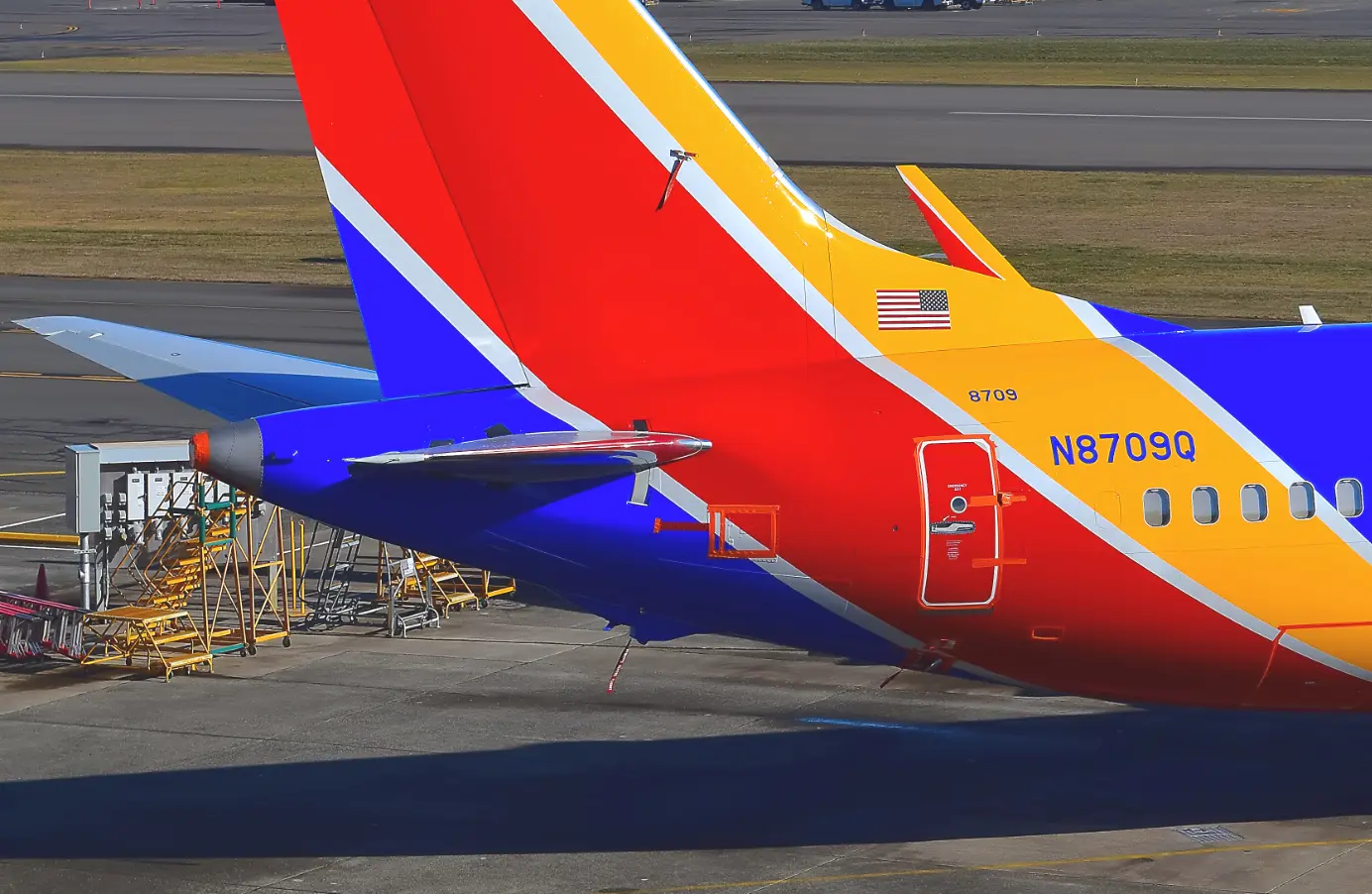
But the system had several fundamental flaws. The MCAS depended on and responded to angle-of-attack (AoA) sensors mounted outside the aircraft. Simply put, AoA sensors tell the aircraft's computers and its pilots what pitch (angle) the plane is flying. Modern aircraft have several of these sensors installed in case one fails. But MCAS did not require agreement between the AoA sensors to activate itself. If just one AoA sensor indicated the plane's nose was too high, it was enough for MCAS to kick in. That means that a faulty AoA sensor had the potential to trigger MCAS.
Another problem was that MCAS had full authority to bring the aircraft's nose down when it was activated. Pilots could not override it using the control column. No matter how much the pilots pulled the stick, MCAS ignored their input. And when MCAS reacted, it did so very aggressively, forcing the aircraft's nose down very fast.
You would think Boeing had told the pilots and airlines that such a powerful system was part of their new aircraft. But no, Boeing did not mention MCAS in the aircraft manuals, and it was not part of the pilots' training. MCAS was an extensive new system that could cause the FAA to require additional training for pilots. Boeing wanted to avoid that as they had promised the MAX would not need that.
Deadly Crashes
When Lion Air Flight 610 took off from Jakarta in October 2018, no one had told the pilots about the MCAS system. Shortly after takeoff, one of the onboard AoA sensors provided incorrect data about the aircraft's pitch, even though the plane was flying normally. MCAS kicked in as Boeing designed it to do. The system took control and forced the aircraft's nose down, although this was unnecessary. The pilots were sidetracked and couldn't figure out what was wrong. They fought with the MCAS system and struggled to gain altitude as MCAS kept interfering, sending the aircraft into a steep dive.
When the plane crashed into the sea 13 minutes after takeoff, MCAS had, according to the black boxes, activated more than 20 times. According to an eyewitness, Lion Air 610 hit the water almost vertically.
Boeing still didn't mention anything about MCAS after the Lion Air crash. Or that pilots could actually disable MCAS by disconnecting the related trim tab system on the aircraft. Requests for more information began pouring into Boeing. Shortly after, Boeing mentioned MCAS for the first time in an email to the aircraft's operators. Behind the scenes, Boeing started work on a software fix for MCAS.
Boeing's email might be the reason the pilots in the second crash were actually able to disable MCAS. Both pilots on Ethiopian Airlines Flight 302 were familiar with the Lion Air crash less than five months before, and both had been briefed on the basics of MCAS. More importantly, they were familiar with how MCAS could be disabled.
Two minutes into the flight, an AoA measurement fails on Ethiopian Airlines Flight 302, and MCAS activates. It sends the plane into a dive towards the ground, and the pilots struggle for control. They managed to prevent further dives for a while.
The MCAS triggered again and lowered the nose even more. But now, the pilots disabled the entire electrical trim tab system, which also put the MCAS out. Disabling the trim tab system is done by flipping a couple of switches in the cockpit. But the two pilots had carelessly left the engines on full power from takeoff. Their Boeing 737 MAX aircraft flew too fast, and intense aerodynamic forces affected the aircraft. The forces were too strong for the pilots to correct the plane manually, and they kept losing altitude.
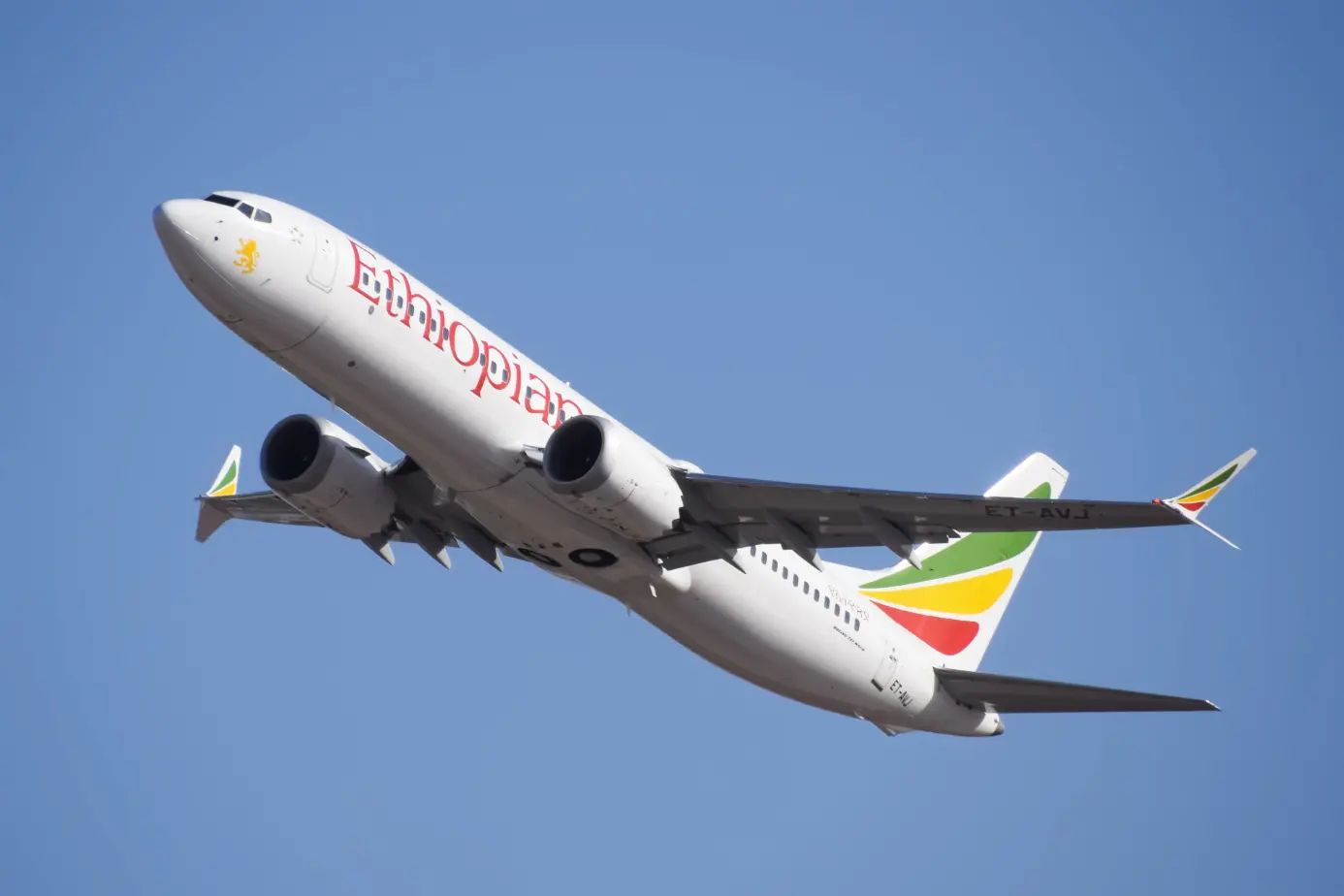
The only option was to reactivate the electric trim system. But that would also bring MCAS back. The pilots reactivated the system anyway, hoping to correct the plane, but MCAS started again. It continued where it left off and forced the plane's nose down. Six minutes after takeoff, the aircraft crashed at nearly 700 miles per hour (1,100 km/h). As with the Lion Air crash, there were no survivors.
Within a week of the Ethiopian Airlines crash, the 737 MAX was grounded worldwide. The aircraft remained grounded for one year and eight months in the United States. In other countries, the plane stayed on the ground even longer.
Improvements to the Boeing 737 MAX
Boeing's focus on saving money and time resulted in a flawed design of MCAS and the Boeing 737 MAX aircraft. Investigations of both crashes reached that conclusion.
In 2020, the House of Representatives concluded their investigation into Boeing's role, highlighting several instances where Boeing had ignored employees' concerns about MCAS, put time-saving and finances ahead of safety, and generally lacked transparency in providing the FAA with information.
In November 2020, the FAA allowed the 737 MAX to return to service. Behind that decision were several improvements to the MAX aircraft, which made the FAA believe it could fly safely.
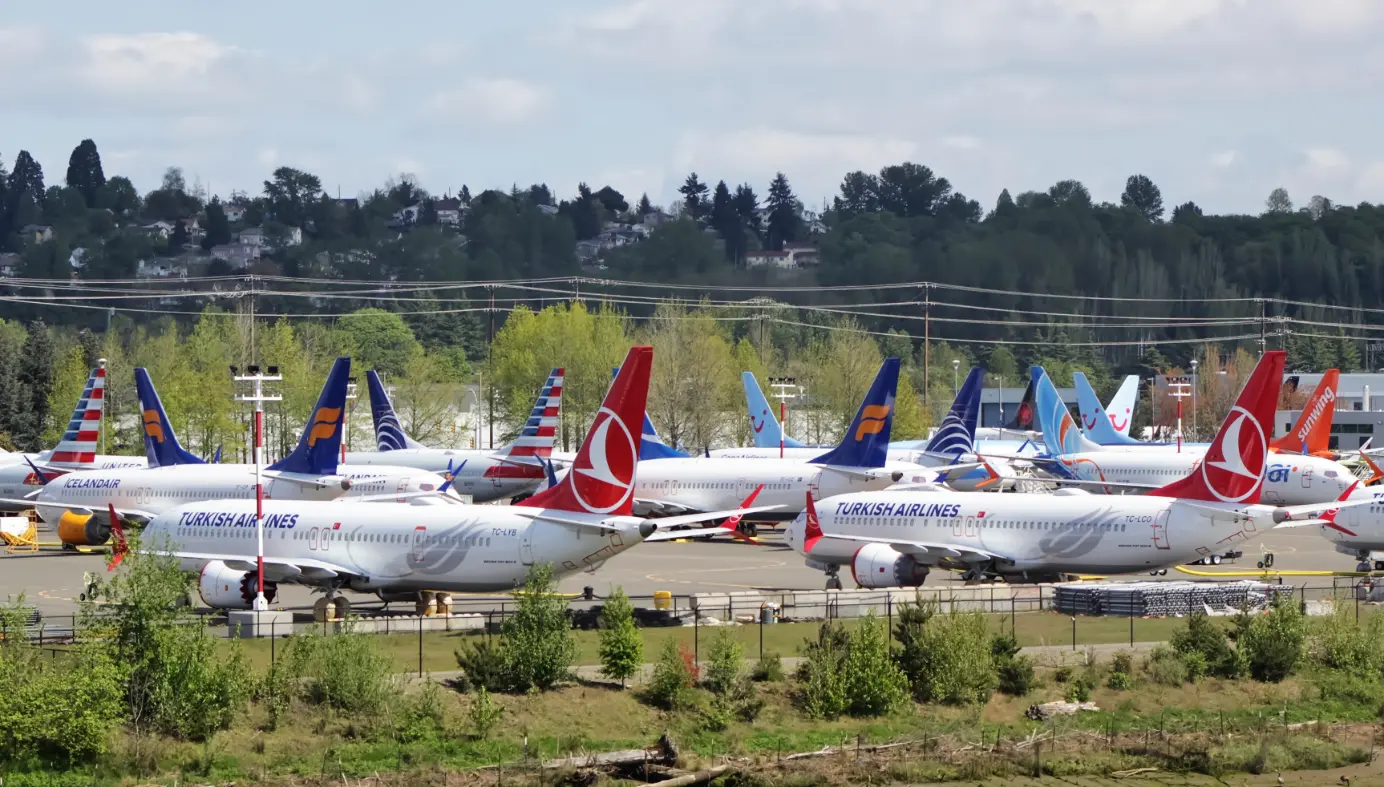
MCAS is still on the Boeing 737 MAX. But now, its activation requires input from two AoA sensors, and the system can no longer activate itself repeatedly. In addition, pilots can more easily disconnect the MCAS, and the FAA has introduced mandatory MCAS simulator training for pilots. Something that wasn't required before, as the FAA had approved Boeing's position that the MAX was sufficiently similar to the previous 737 series.
Conclusion
Boeing promised a lot when they announced their new 737 MAX: A more fuel-efficient aircraft that did not require expensive extra training for pilots. The orders poured in at Boeing. Most of the improved fuel efficiency came from the new CFM LEAP engines.
However, Boeing discovered that the aircraft tended to raise the nose too much in some situations. The new engines had altered the behavior of the plane. Instead of a long and expensive redesign, Boeing installed the MCAS software to automatically correct if the nose came up too far.
But Boeing had given MCAS too much power, and the system overruled the pilots. In addition, MCAS depended on only a single sensor, an absolute no-go in aviation, where safety-critical systems never have a single failure point. Furthermore, Boeing did not inform pilots or airlines about the system.
In the case of Lion Air Flight 610 and Ethiopian Airlines Flight 302, MCAS became pivotal. In both cases, a faulty sensor allowed the MCAS to kick in even though it wasn't necessary. MCAS sent both aircraft into deep dives, and the pilots could not regain control. MCAS was too dominant, and the pilots were unaware of the system working in the background.
After the accidents, the 737 MAX was grounded worldwide. MCAS, still found in the Boeing 737 MAX aircraft, was improved, and the MAX was allowed back in the sky. Boeing has been subject to massive criticism of its actions from pilots, airlines, and politicians alike.
Further reading:
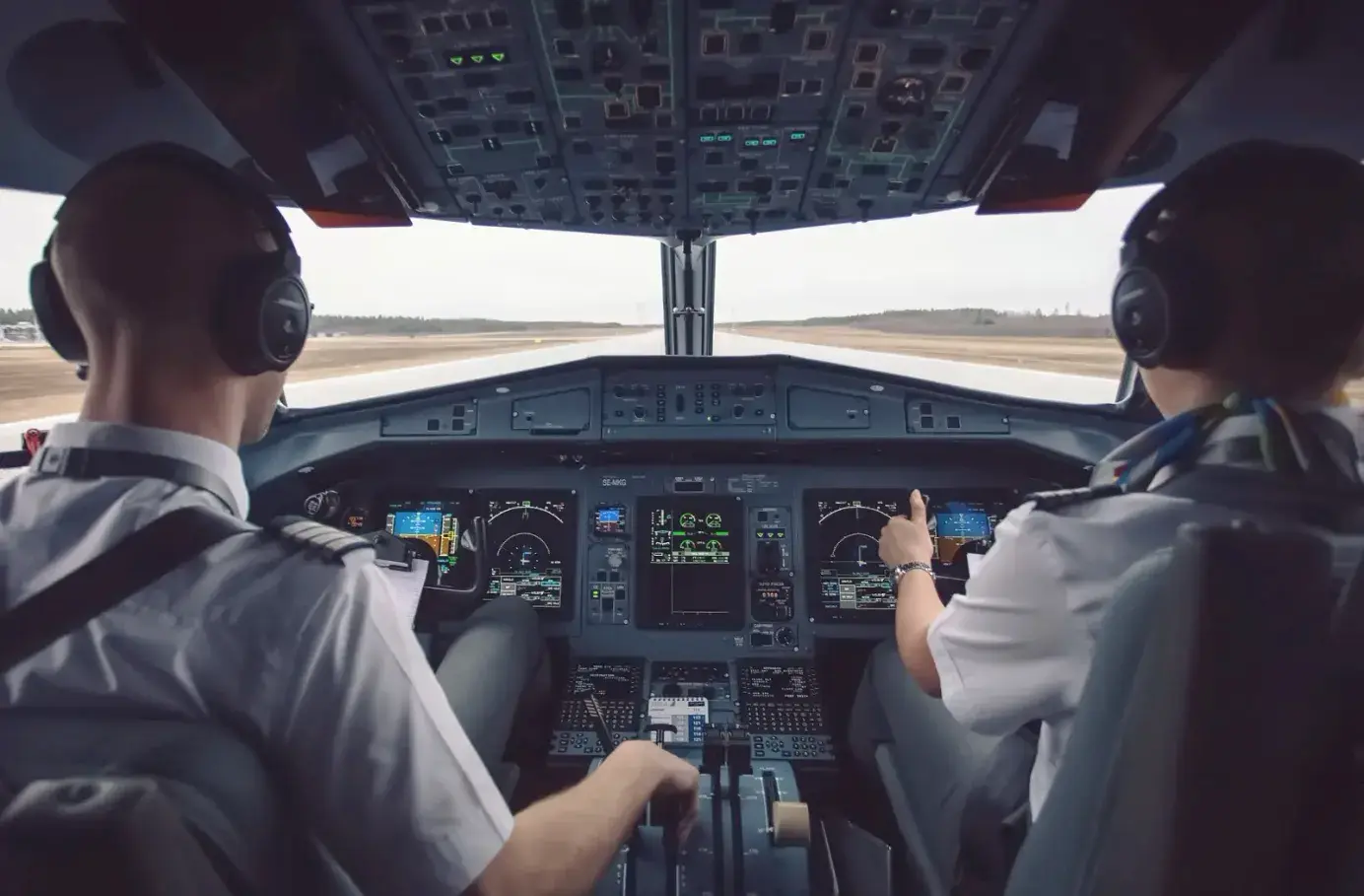
Planenerd Newsletter
Join the newsletter to receive the latest updates in your inbox.



